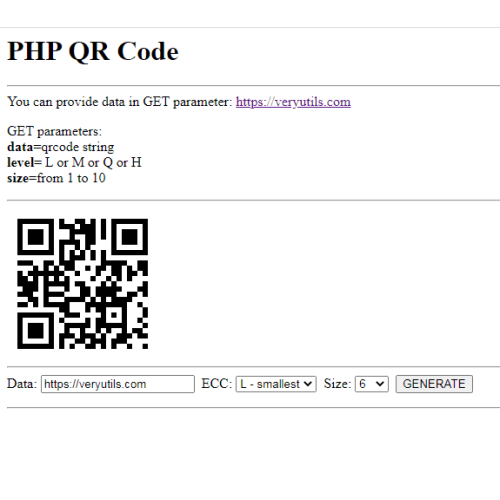

We called the printMessage method again, which should output 'Hello, PHP 8!'.We called the setMessage method on the $helloWorld object, passing $newMessage as an argument.We created a new string variable called $newMessage and set it to 'Hello, PHP 8!'.We called the printMessage method on the $helloWorld object, which should output 'Hello, world!'.We created a new instance of the HelloWorld class, passing $message as an argument to the constructor.We created a string variable called $message and set it to 'Hello, world!'.We used the use statement to import the HelloWorld class from the MyNamespace namespace.We included our HelloWorld.php file using require_once.Now let’s create a file called index.php and include our HelloWorld.php file: printMessage() We defined a method called printMessage, which simply echoes the value of $message.We defined a getter and a setter method for $message.We defined a constructor method that takes a string argument and sets it as the value of $message.We created a class called HelloWorld, which contains a private property called $message.We started the file with declare(strict_types=1) to enable strict typing.Public function setMessage(string $message): void Here’s a simple “Hello World” script that utilizes some advanced features of PHP 8 while also following the best practices you listed:įirst, let’s create a file called HelloWorld.php with the following content: message = $message Outputs comments and instructions in but only outputs code in EnglishĬreate a simple hello world script that shows off PHP 8 advanced features can do.If you don’t ask GPT to do this it won’t use OOP and will give you outdated code.Writes PHP 8 object oriented code using best practices.


 0 kommentar(er)
0 kommentar(er)
